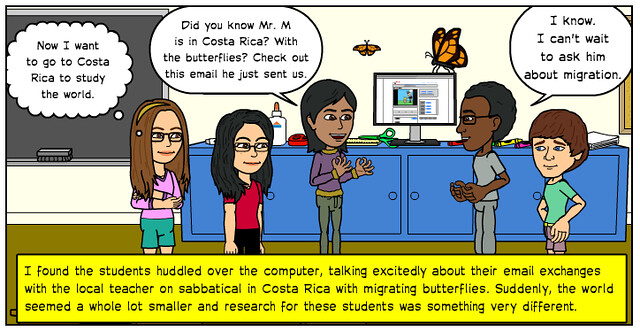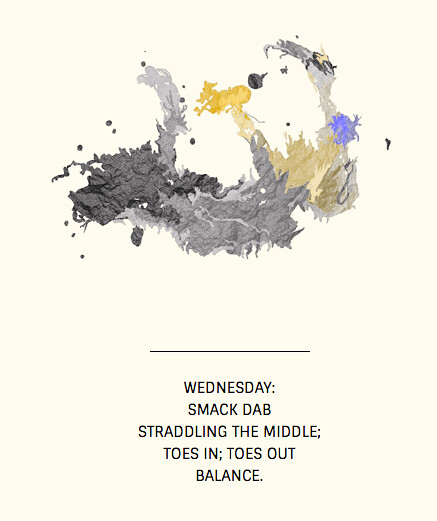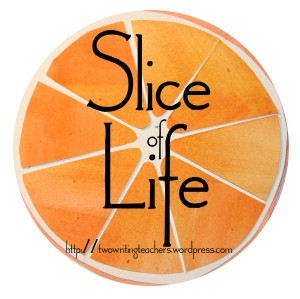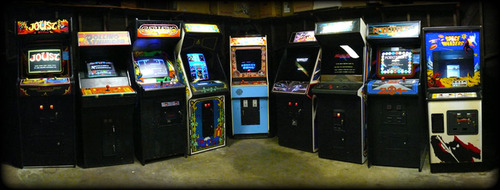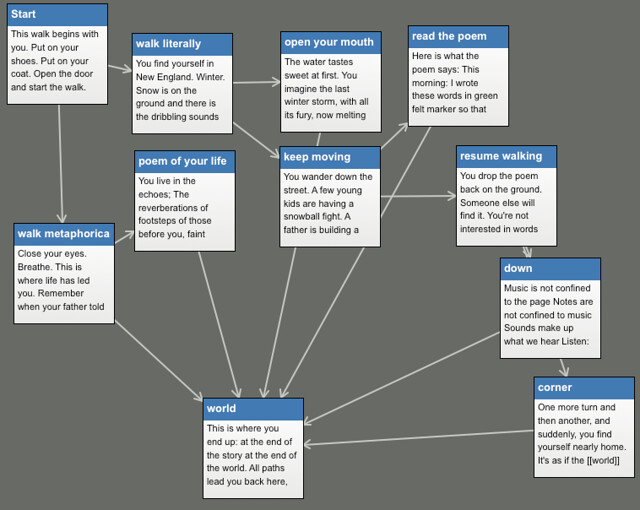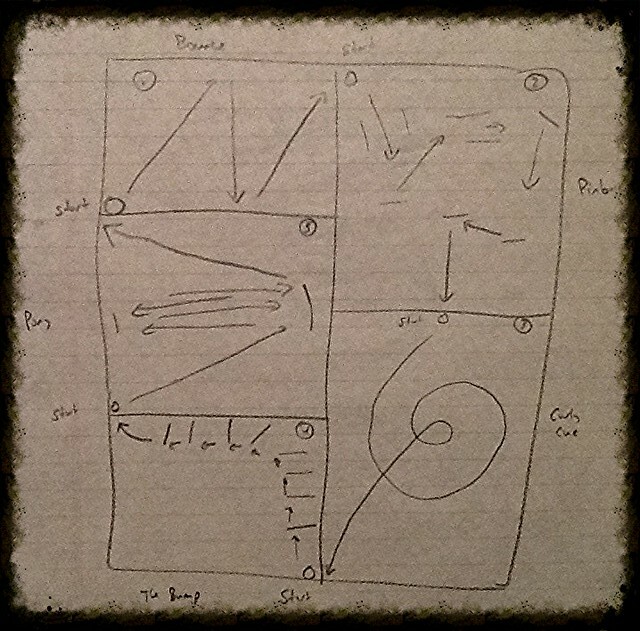Last night, I took part in a National Writing Project radio show about our summer’s Making Learning Connected Massive Open Online Collaboration. With my friend Paul Oh at the helm, the hour-long discussion was less about how the MOOC came to be (although NWP Program Leader Christina Cantrill and I did that) and more about how the CLMOOC experience has come to impact teachers and writing project leaders.
I did my part and then listened as Jenn Cook, of the Rhode Island Writing Project, and Michael Weller, of the Los Angeles Writing Project, and Rosie Slentz, of the Redwood Writing Project chatted about how their experiences over the summer have come to inform their teaching and their work with other teachers.
@RosieSlentz is talking about toy hacking and connected learning as "liberating" learning
— KevinHodgson (@dogtrax) February 28, 2014
As one of the facilitators, it was not just gratifying to hear these stories on the radio broadcast; it was touching in a way that I can’t quite express here. We spent many hours planning the CLMOOC and many, many more hours helping to facilitate it. With hundreds of teachers involved, we knew folks were engaged in our Make Cycles. And I suppose we assumed that there would be some residual benefits after the summer ended.
@MWeller77 talks of how #clmooc became hub of summer inquiry and epiphany of learning and technology, leading towards student-centered focus
— KevinHodgson (@dogtrax) February 28, 2014
But here, Jenn and Michael and Rosie brought to light stories of those experiences, and with Paul’s masterful questions, we come to see how CLMOOC continues to live on in spirit. Not that it wasn’t an interesting enough experiment, but hearing personal stories really does bring the whole adventure of the MOOC back to life, and — not to get too sappy — warmed my heart as I listened. I suspect my co-facilitators would say the same thing. The MOOC had an impact. We sort of knew it but to hear it makes that observation real.
@cookout70 tells a great story about #clmooc influence on her writing project. Great resonance!
— KevinHodgson (@dogtrax) February 28, 2014
And of course, we want others to remake and remix our MOOC.
Peace (in the appreciation),
Kevin

